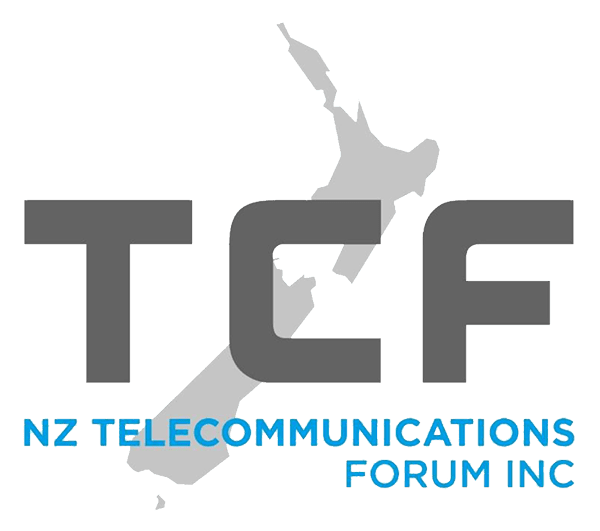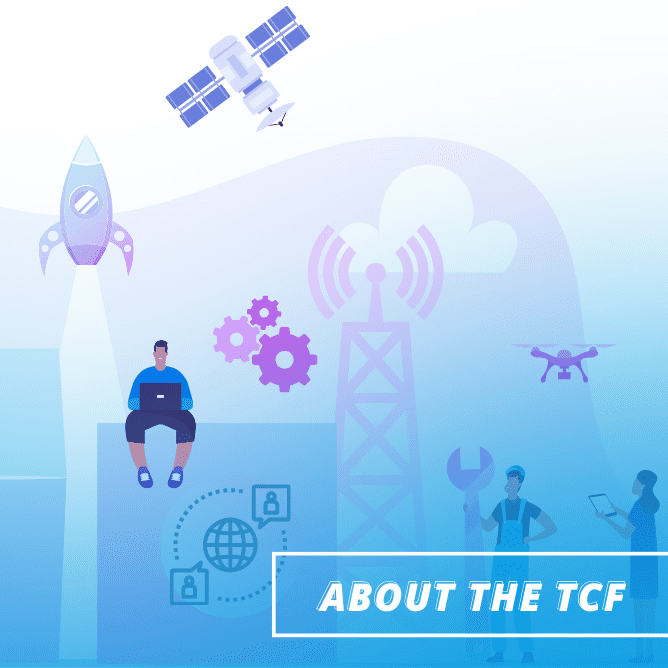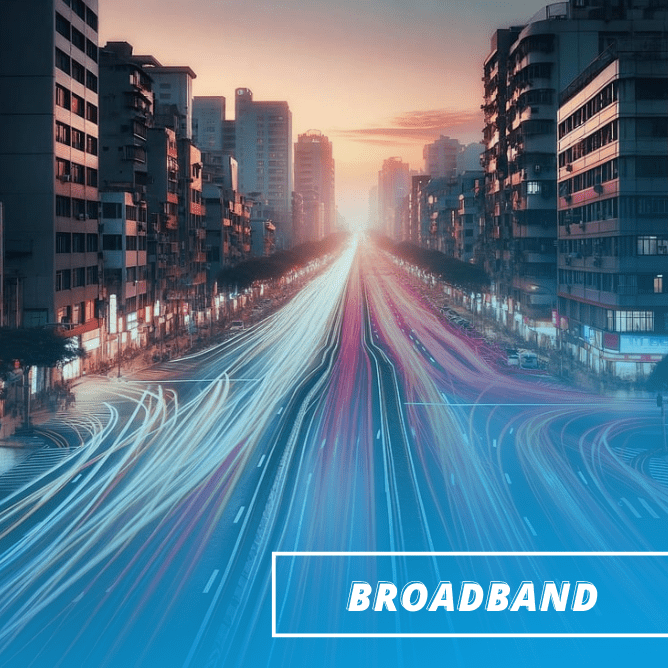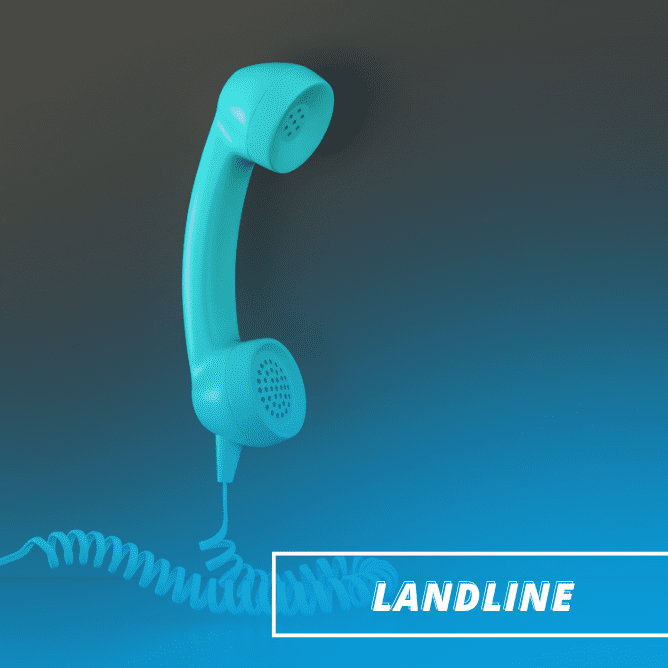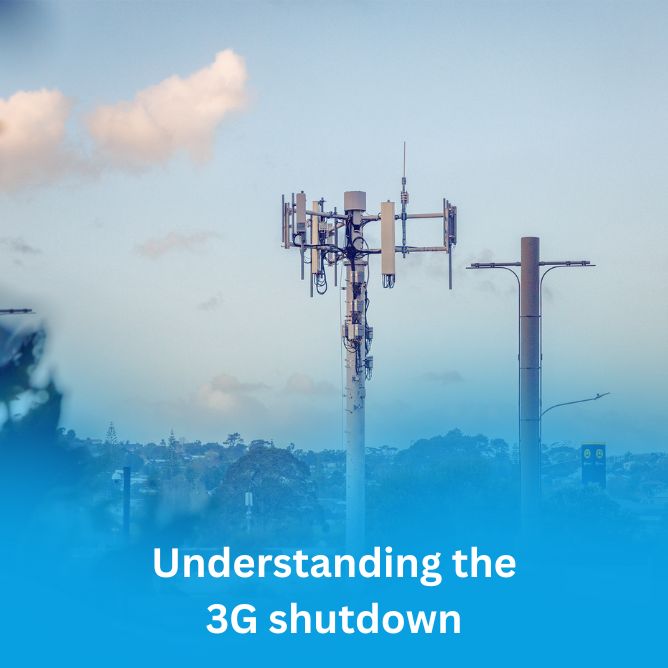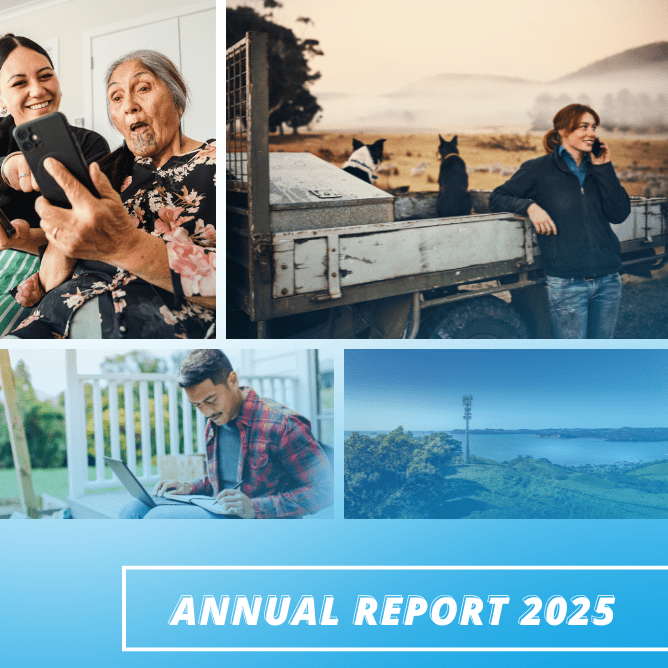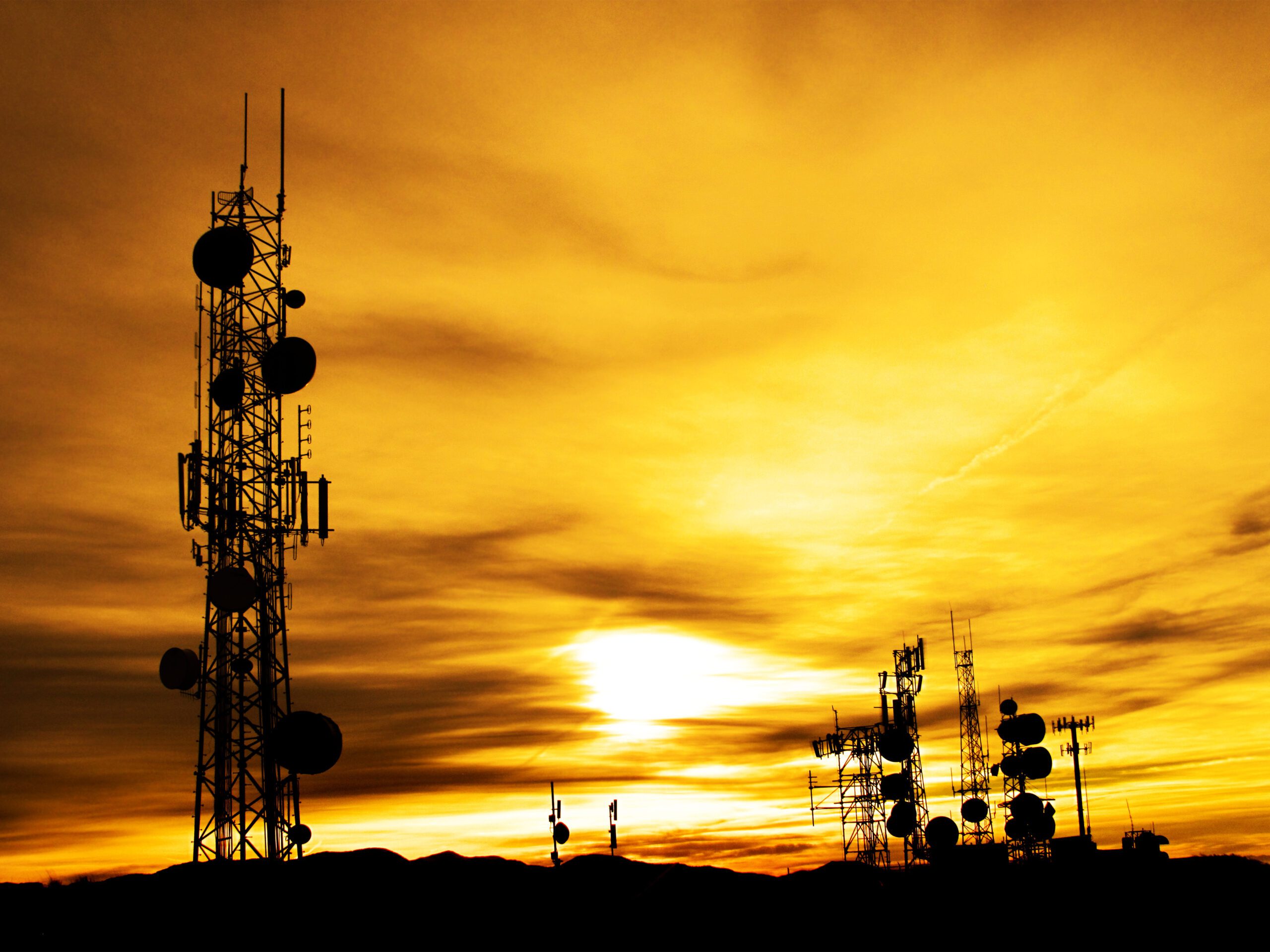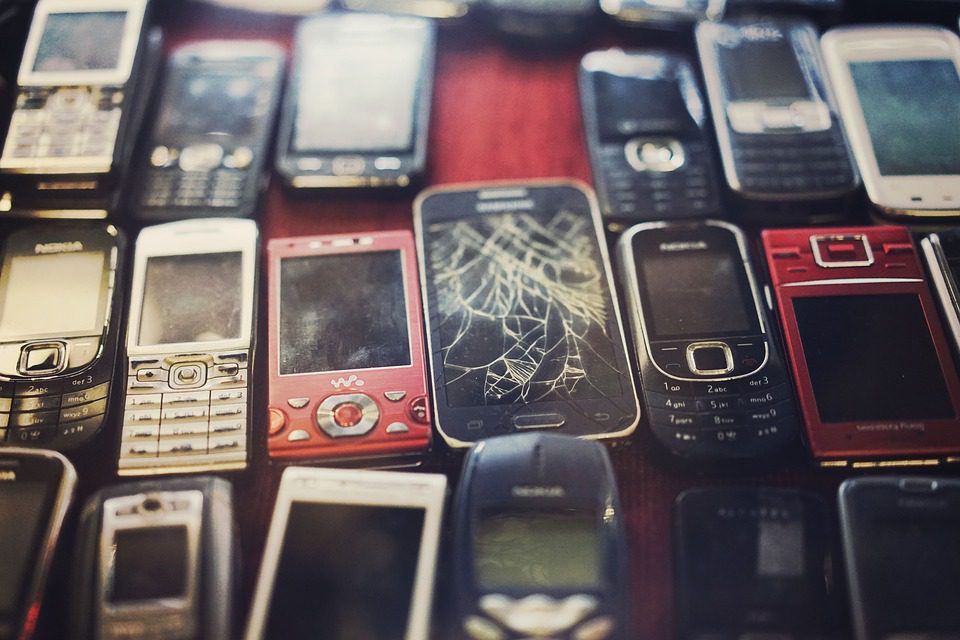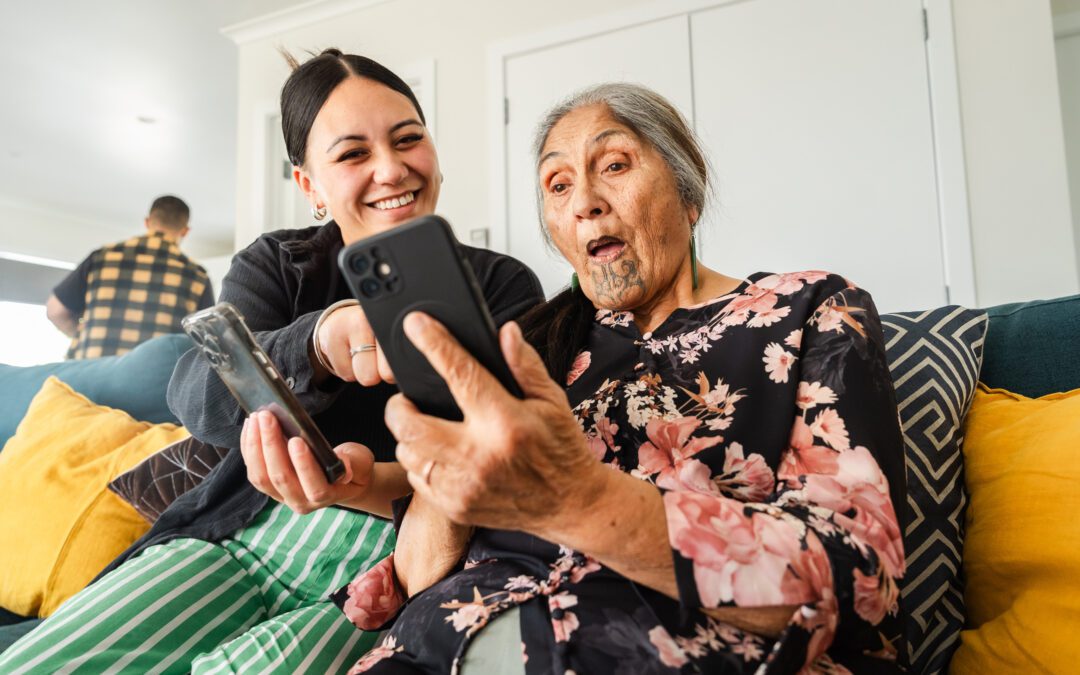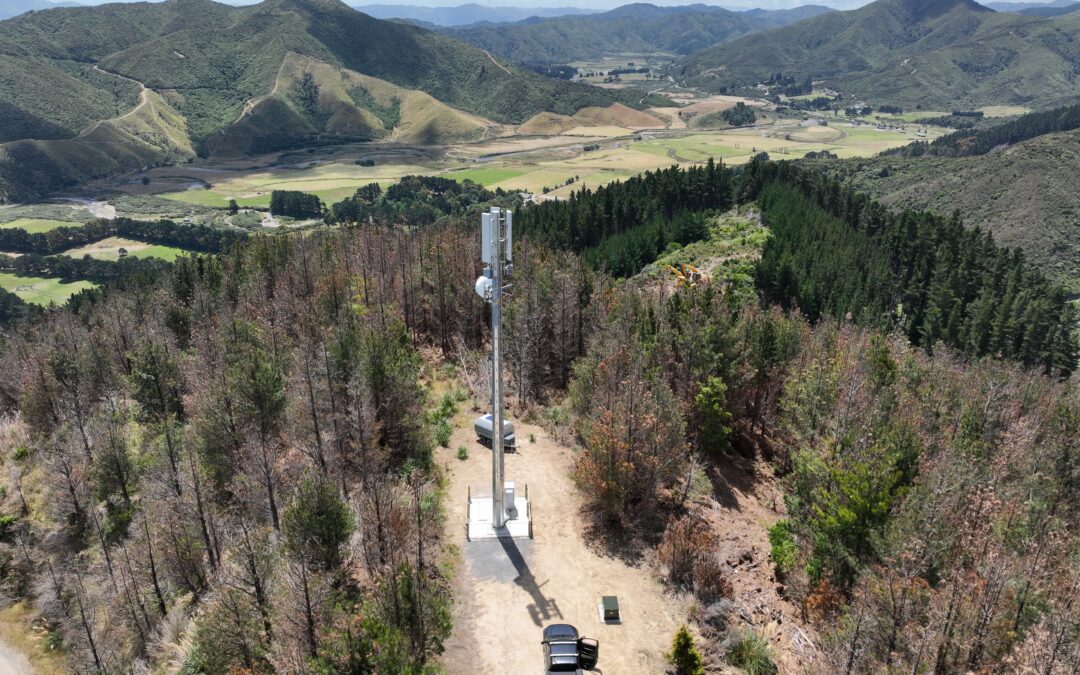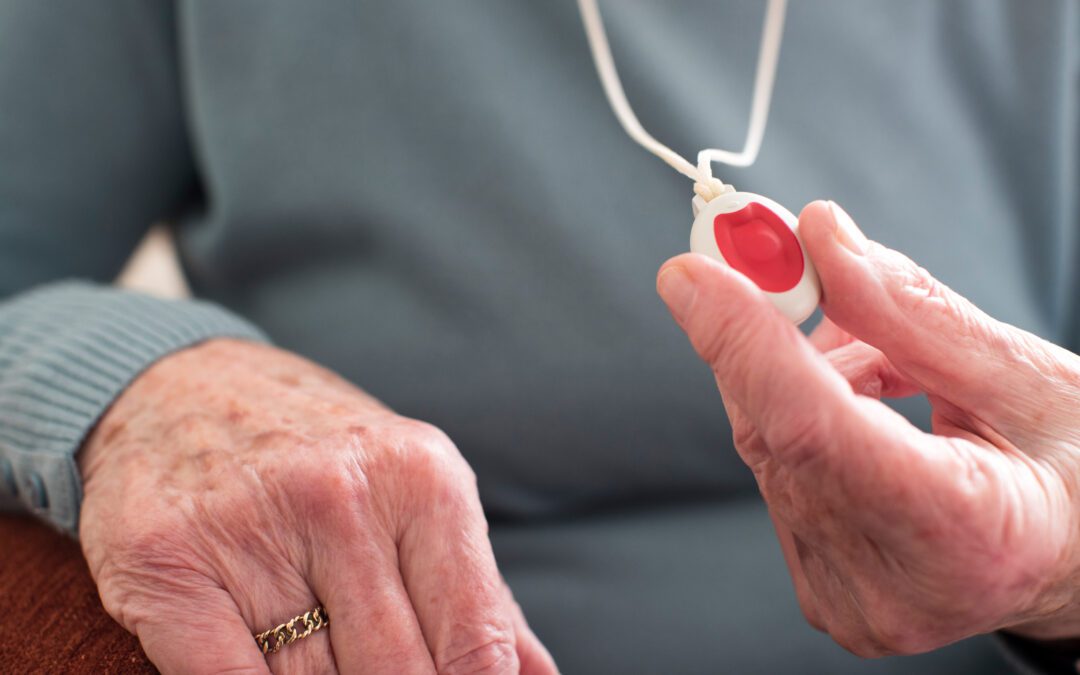Do you remember what you were doing in 2006? Some of us were mourning the loss of Pluto as a planet. Others were waving goodbye to Tony Blair who announced he would resign as UK prime minister. In March that year, Twitter launched onto the social media scene with its “micro-blogging” service.
Some, however, were too busy to take much notice of any of that because we were working to launch New Zealand’s first 3G network.
After all the chaos of the UK 3G spectrum auctions, which got so out of hand they threatened to bankrupt at least one telco over there, New Zealand’s market was reasonably calm. Telecom and Vodafone (brands that you may remember from the old days) were both operating on different technology platforms at the time and customers couldn’t migrate readily between the two without a lot of help and support. How far we have come in the 18 years since.
But 3G was there, and promised to deliver internet access on the go – a job it did well. Until 4G arrived, that is, in 2013. Then we got a lot faster. Today’s network – the fifth generation – is faster still and has incredibly low latency, which means when you click on a button on the device, the server you’re connecting with reacts almost immediately.
This is good. Customers want faster speeds, lower latency and better battery life on their devices. Today’s customer makes voice calls and sends text messages but also takes part in video conferences, plays games, watches video content and listens to music all on a device that fits in your pocket.
To do that you need more 4G and 5G services and to do that we have to say goodbye to our old faithful, 3G.
The spectrum (the radio frequencies) that 3G runs on will be repurposed for 4G and 5G and mean that better speeds are available in more places around the country. It also means that if your phone is 3G reliant, it’s time for it to go. You’ll need a newer model to make use of the newer networks.
But there’s plenty of time for you to make the switch. One New Zealand will turn off 3G in April next year, and both 2degrees and Spark have said they’ll switch off by the end of 2025. Customers will be contacted and advised as to next steps and if you’re at all worried, or want to make a jump on things and get properly organised, all three operators have information on their websites and are standing by to answer your questions.
The shut down will affect network coverage around Aotearoa as well. All three network operators plan to cover the 3G footprint with 4G or 5G, but there are bound to be isolated pockets where you used to get coverage that won’t quite have the same coverage. Radio spectrum coverage is a mysterious art and the radio waves that would propogate well in 3G might do so quite different in 4G. The operators will be working to minimise the impact but I suspect in the early days it will be inevitable. But on the plus side there will be more 4G and 5G coverage as well, so you could equally find areas where there’s increased coverage where previously there wasn’t a lot. That’s the aim – to improve and extend coverage for the faster network speeds.
You don’t need to buy a top-of-the-line smartphone unless you want to. There are plenty of straightforward phones available that let you make calls and send text messages over the newer networks, starting at remarkably low prices. You can pick them up at the supermarket.
If you’ve got any questions about the shut down contact your mobile provider to find out a bit more. There’s plenty of time to get organised.
Paul Brislen is the CEO of the NZ Telecommunications Forum
